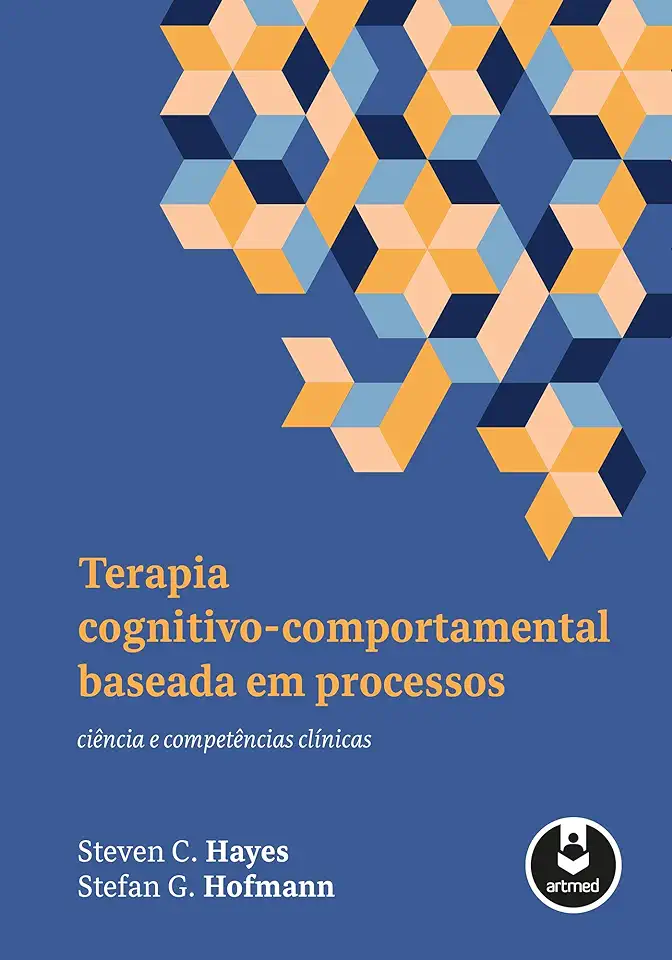
Process-Based Cognitive-Behavioral Therapy - Hayes, Steven C.; Hofmann, Stefan G.
Process-Based Cognitive-Behavioral Therapy: A Guide for Clinicians
Introduction
Process-based cognitive-behavioral therapy (PB-CBT) is a powerful and effective form of psychotherapy that helps people change their thoughts, feelings, and behaviors by targeting the underlying processes that maintain psychological problems. PB-CBT is based on the principles of functional analysis, which involves identifying the environmental and psychological factors that contribute to a person's problems. Once these factors are identified, PB-CBT therapists use a variety of techniques to help clients change their thoughts, feelings, and behaviors in a way that is consistent with their goals and values.
Key Features of PB-CBT
PB-CBT is a highly structured and goal-oriented form of therapy. Therapists work collaboratively with clients to identify their goals and develop a treatment plan that is tailored to their individual needs. PB-CBT sessions typically involve a combination of psychoeducation, skills training, and exposure and response prevention.
- Psychoeducation: Therapists provide clients with information about the nature of their problems and how PB-CBT can help them. This information helps clients to understand their problems and develop a sense of hope for recovery.
- Skills training: Therapists teach clients a variety of skills that they can use to manage their thoughts, feelings, and behaviors. These skills include relaxation techniques, mindfulness meditation, cognitive restructuring, and problem-solving.
- Exposure and response prevention: Therapists help clients to gradually face the situations that trigger their problems and to learn how to respond to them in a healthy way. This process helps clients to overcome their fears and anxieties and to live a more fulfilling life.
Benefits of PB-CBT
PB-CBT has been shown to be effective in treating a wide range of psychological problems, including anxiety, depression, phobias, obsessive-compulsive disorder, and post-traumatic stress disorder. PB-CBT is also effective in treating chronic pain, insomnia, and other medical conditions that are exacerbated by psychological stress.
Conclusion
PB-CBT is a powerful and effective form of psychotherapy that can help people change their thoughts, feelings, and behaviors and live a more fulfilling life. If you are struggling with a psychological problem, I encourage you to talk to your doctor or mental health professional about PB-CBT.
Why You Should Buy This Book
If you are a mental health professional, this book is a must-read. It provides a comprehensive overview of PB-CBT, including the theoretical foundations of the approach, the key techniques used in therapy, and the evidence for its effectiveness. The book is also written in a clear and engaging style, making it easy to understand and apply the principles of PB-CBT in your own practice.
If you are a client who is interested in learning more about PB-CBT, this book is also a valuable resource. It provides a wealth of information about the approach, including what to expect from therapy, how to get the most out of treatment, and how to maintain your gains after therapy ends.
Whether you are a mental health professional or a client, I highly recommend this book. It is an essential resource for anyone who wants to learn more about PB-CBT and how it can help people change their lives.